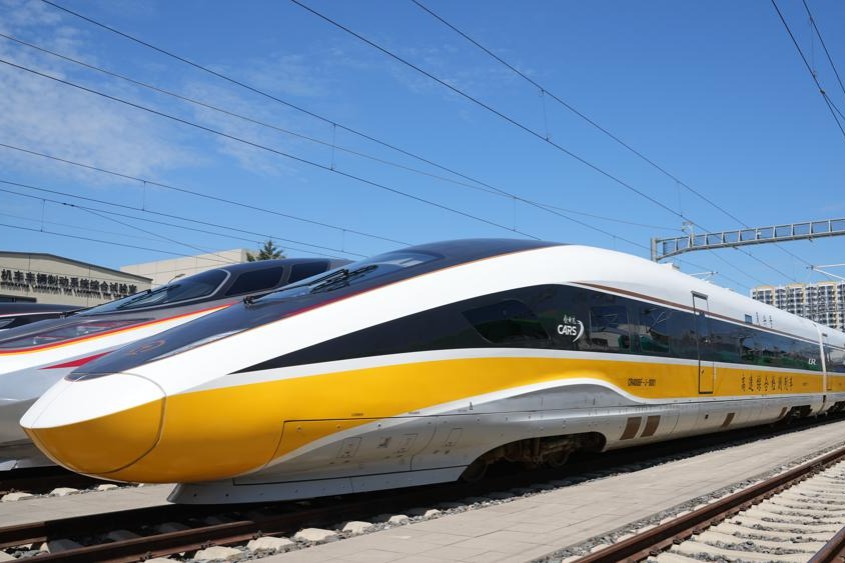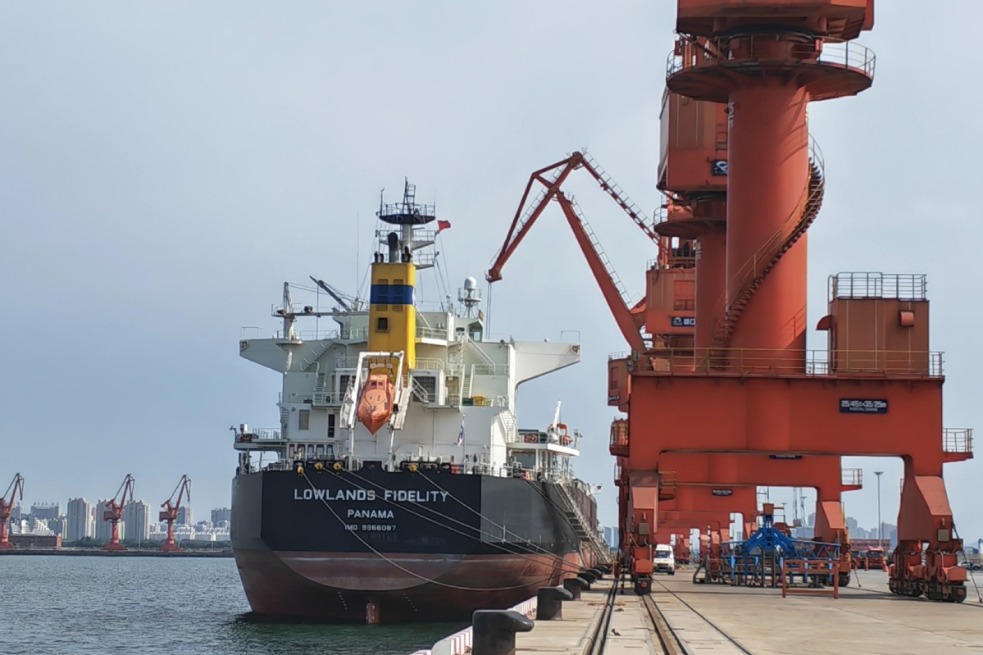Seeking Happiness for People: 70 Years of Progress on Human Rights in China

Universal education expands remarkably. In the early days of the PRC, China's education system was poor and the general level of education was low. The net primary education enrolment rate was 20 percent and the gross junior secondary education enrolment rate was only 3 percent. There were only 117,000 college students and 80 percent of the population was illiterate. The new Chinese government paid close attention to the development of education. The enrolment rate of school-age children reached 95.5 percent in 1978, and the overall rate of illiteracy had dropped to 22.8 percent by 1982. Since the launch of reform and opening up, China has invested an enormous effort in implementing the education-first strategy, to modernize education and guarantee equal access to education for all. In 2018 the gross three-year preschool education enrolment rate reached 81.7 percent, and the children enrolled in government-funded and privately-run non-profit kindergartens accounted for 73.1 percent of all kindergarteners. The net primary education enrolment rate was 99.95 percent, the gross junior secondary education enrolment rate was 100.9 percent, and the completion rate of the free nine-year compulsory education was 94.2 percent. Availability of senior secondary education in China is now basically universal. In 2018, senior high schools had a total of 39.35 million students on campus. Higher education is becoming universal. In 2018, with 7.91 million newly enrolled students, there were a total of 38.33 million students studying in colleges and universities, representing a gross college enrolment rate of 48.1 percent. A modern vocational education and continuing education system has been established. In 2018, there were 11,600 vocational schools across China, with a total of 26.89 million students, including 9.26 million newly enrolled.
Public cultural services benefit more people. When the PRC was founded in 1949, provision of public cultural services was quite backward, with few public cultural facilities across the whole country-only 55 public libraries, 896 cultural centers, and 21 museums. Thanks to a constant effort over the past 70 years, socialist cultural undertakings in China are flourishing in every respect. A public cultural service system is in place, an increasing number of public cultural facilities are open to the public for free, and the cultural industry is developing rapidly.
































